As an earnest filmmaker, Satyajit Ray made the hills his very own. His approach to the hills in films such as Kachenjungha and Sikkim talk about his vision in two markedly different ways. Kanchenjunga on one hand is a feature film talking about muddle-headed characters negotiating loveless relationships in the backdrop of a family holiday in Darjeeling. Sikkim on the other hand is a documentary that reveals lives of natives going about their lives in the mountain kingdom where the Himalayas are omnipresent.
To Ray the hills actually signified a particular kind of grandeur, a regal kind of existence which is very close to smaller things in human life. Which is why he chose the highest peak Kanchenjunga to bring out the deliberations of human emotions. The grandeur of the height has been cleverly woven into the script. Dialogues such as, “Of course I am asking about your height, not the height of Mt Everest” suggest the mystic grandeur of the ranges never escaped the master filmmaker, even though he made no over the top attempt to promote tourism in Darjeeling through his films.
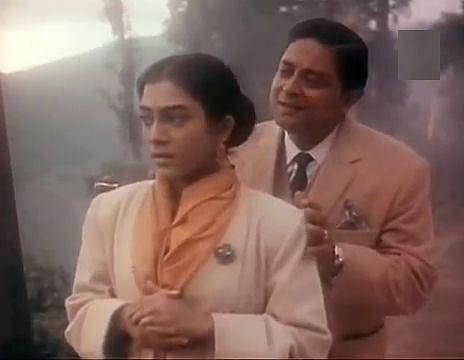
A still from Kachenjungha |
When Kachenjungha was being shot it was the peak of spring in Darjeeling. There were flowers everywhere. But Satyajit Ray did not use any flowers in any of his shots chiefly because the film is about love-lessness. Flowers signify happiness and love. Only the two sisters are wearing a flower each in their buns to go with their saris. But apart from that not a single shot captures the beautiful flowers of Darjeeling. Not even with the bird watching scenes with Pahari Sanyal. In fact, Edward Harrison, American distributor for Kanchenjunga had asked if Ray would capture the beauty of Darjeeling in the film, then it would help promote Darjeeling as the most beautiful hill station all over the world. But Mr Ray replied that he would deliberately avoid such trappings because it wouldn’t go with the feel of the film which was essentially dealing with troubled relationships with barely any emotional connect.
“Ray never digressed from the spirit of the script. He never compromised with his storytelling in favour of commercial or materialistic overtures. That was the kind of earnestness he brought in as a filmmaker,” said Alaknanda Roy, the actor who played Monisha in the film Kanchenjunga. “Initially the film was to be shot in the backdrop of a picnic spot. But Ray travelled to Darjeeling to finish his script and during his stay there he decided to shoot the film there. He loved the place but also made it clear that with Kanchenjunga he was not planning to capture the beauty of the place,” she added.
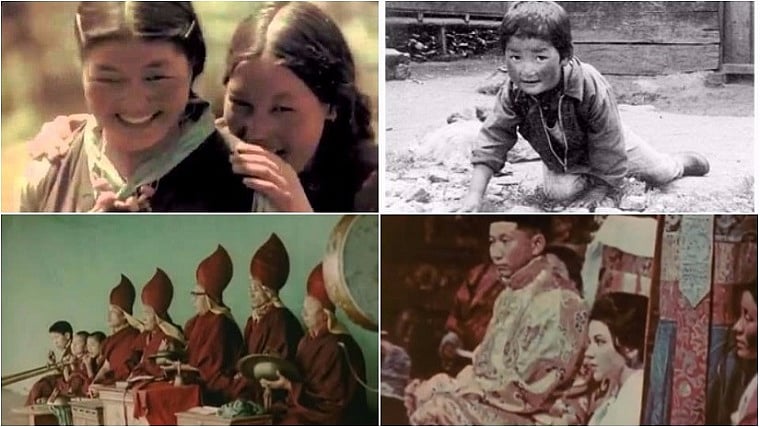
Stills from Sikkim |
This was in stark contrast to the way he shot his documentary Sikkim. In Sikkim there are ample shots of orchids, morning glories and other flowers dangling from the corner stones of the mighty Himalayas, both at the beginning and towards the end. While capturing the lives of locals living in places like Namchi, Lachen, Lachung and even the royal corridors of Gangtok the ace filmmaker left no stone unturned to make his frames colourful. One is actually amazed at the sound of his baritone revelling in the natural beauty of the state, most of which deals with extensive ranges, its folk culture, handicrafts, archaeology, music and the milieu of the omnipresent Himalayas.
Even his use of mist as a motif to signify lack of clarity in the minds of his characters will make fans wonder how clear Ray as a filmmaker was in his vision. In Kachenjungha it is almost like William Shakespeare’s use of romantic intrigue and rustic setting to pose essential questions about the relationship between art and life, appearance and reality, truth and illusion. The mist clears, and the mountain is finally visible to all after a 17-day wait. Simultaneously all the characters somehow have a sort of inner light showing them the right path to take henceforth. Life with all its menial complications becomes more clear than ever before!
For Sikkim, however, mist has been used largely to signify romanticisim of nature in all its scenic glory. The documentary shows people going about their Sunday shopping in the market place. Mist also accumulates in the system of education as Ray’s narrative shows children in government schools sitting down on the floor to study, while slightly older ones are shown carrying benches all by themselves from one classroom to another. One wonders what happened to all the furniture in government schools? Why are toddlers sitting down on the floor with no carpets, since the climate outside is so cold? Mist in Sikkim does not clear at this juncture, in fact it seems to weigh more heavily in the minds of the audience.
“Even in films like Abhijaan and Apur Sansar the hills add significant motifs to the storyline. Though most of them were shot near Chota Nagpur Plateaus and surrounding mining towns, the hills have largely been shown as a steep climb on one side. This steep climb is like a person’s emotional journey to tide over his problems. When Apu throws away pages of his own writings from the peak of a mountain Ray wants his audience to know that he has finally left his past behind him and is ready to make a fresh start,” pointed out Roy.
Class division is another very poignant issue raised by Ray in both films. In Sikkim there is the royal couple accepting gifts from the farmer’s fresh crop. One wonders if the farmer, dressed almost in rags can actually gift away his produce! The royals are dressed in silk and brocade while people on the streets barely have enough woollens to last the biting chill of the cruel winters in these parts. The royal feast has the makings for all things of a class divide. While the common man is sitting down on the floor eating the grub provided by the king, the royal guests are cooped up in a more dressy tent meant for VIPs. In one particular frame Ray highlights the enormous amounts of forks being cleaned right before the royal feast, while the man on the street has to come with his own white bowl to accept a single helping from the royal guards! The eyes of the locals speak louder than any other sound captured by the filmmaker’s technical team.
Sikkim and Darjeeling are not just tourist destinations. There is more to these hill stations than just that. While most people go to the hills for a weekend getaway, it would probably serve the locals better if one were to take into account native issues. Though tea, travel and tourism are mainstays, the natives would be better off if you didn’t merely consider it as a place to shed your emotional baggage. As in Ray’s Sikkim and Kachenjungha, do spare a thought for what ails the common man walking down the streets!


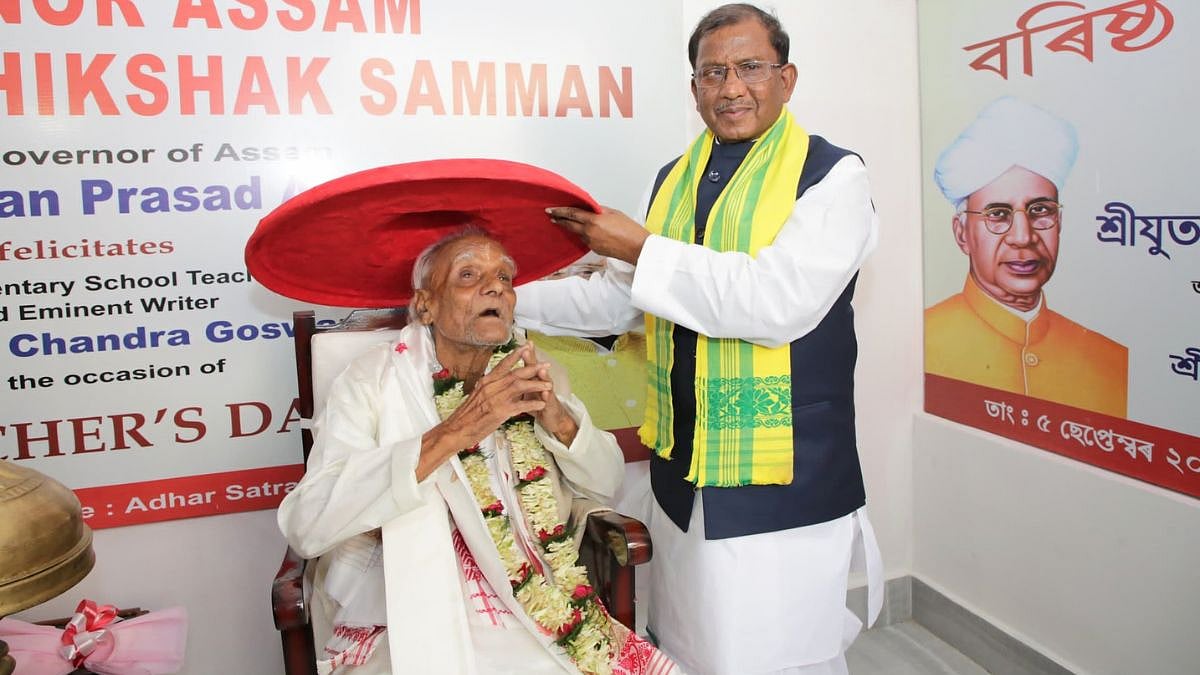




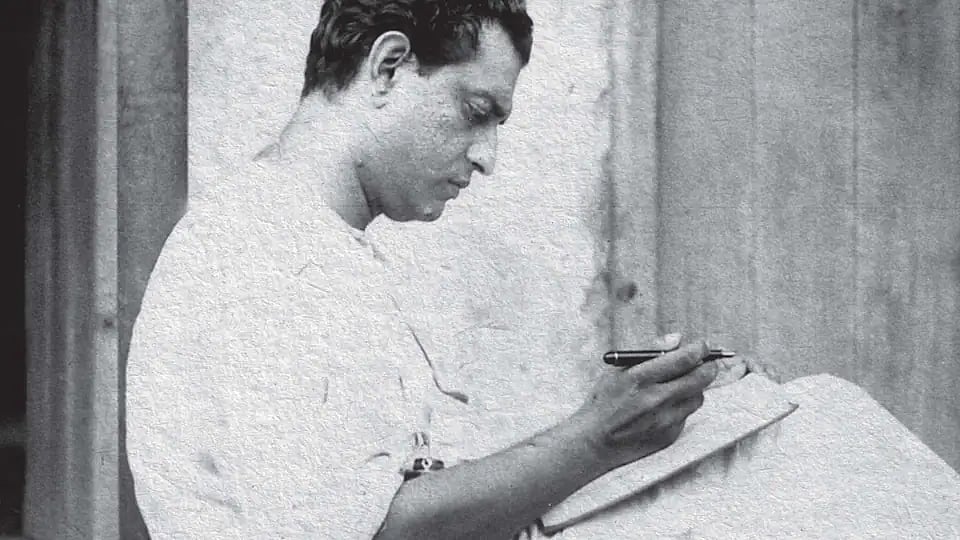



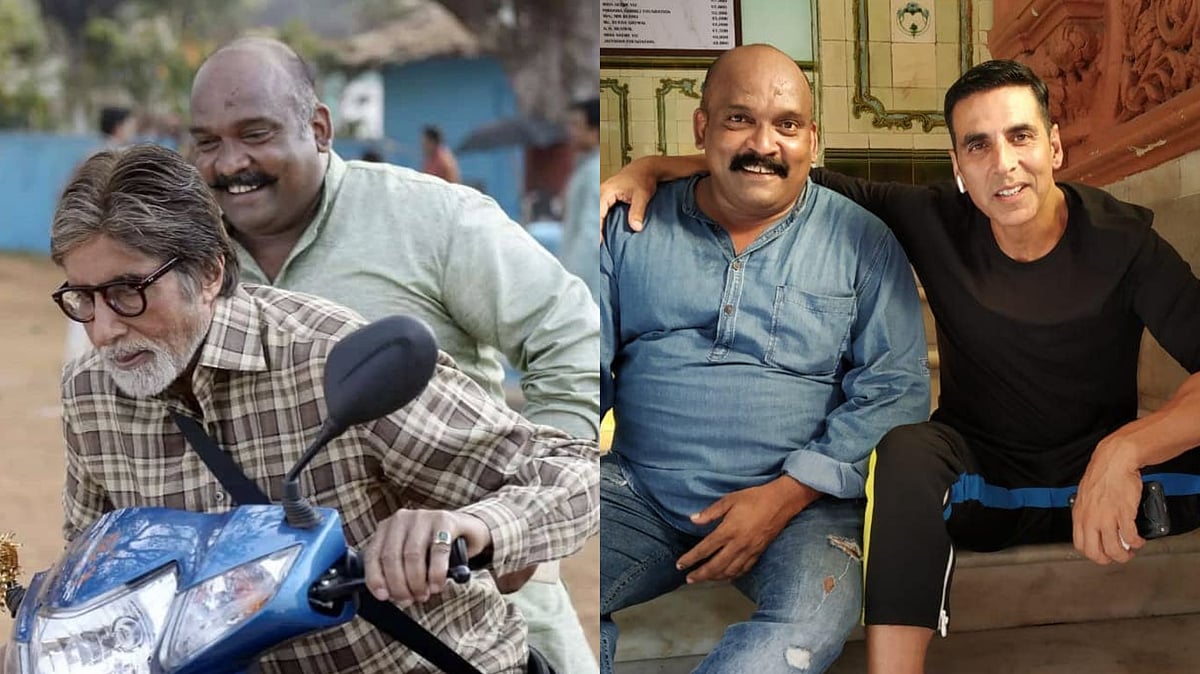
.jpg)